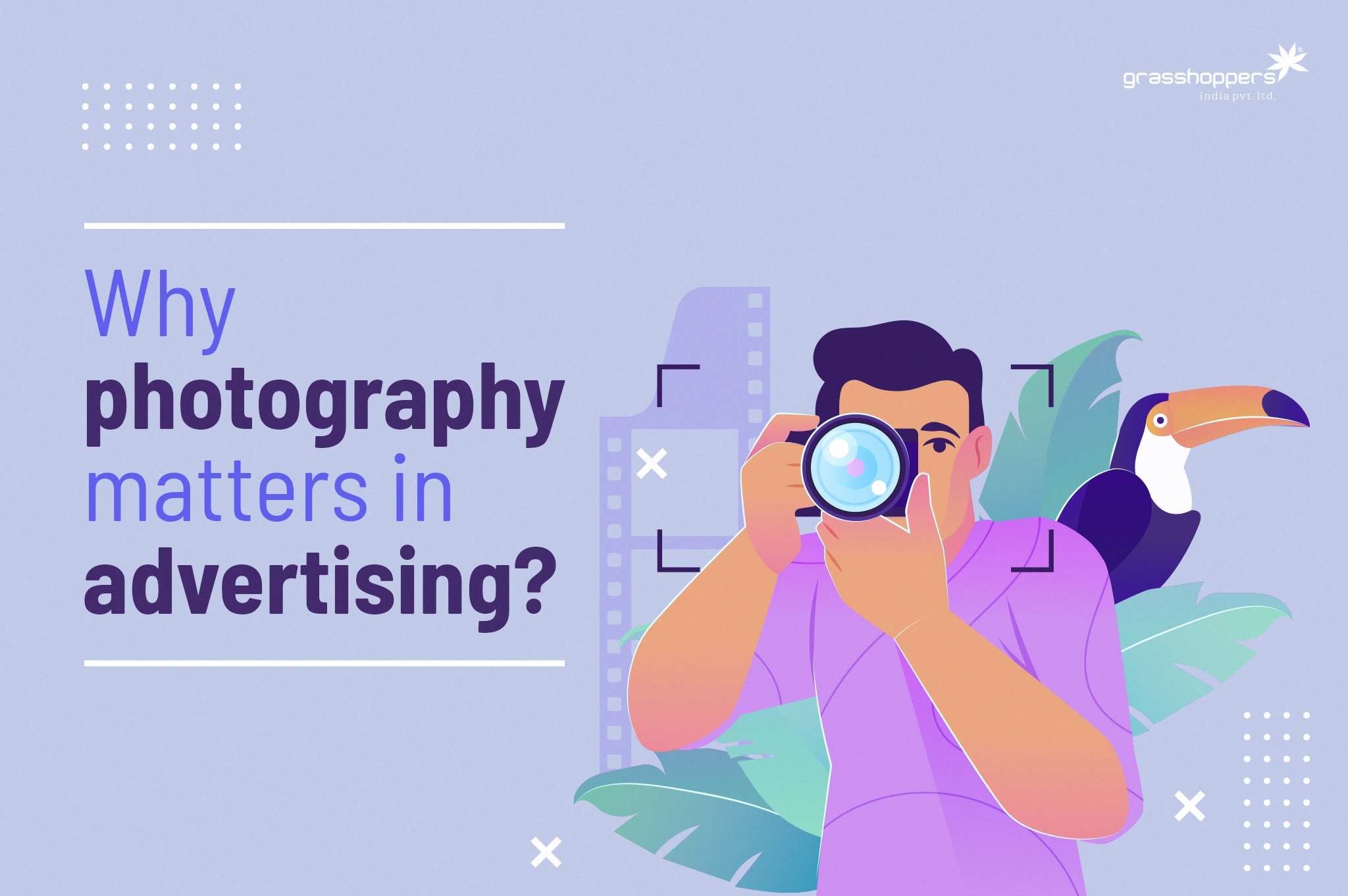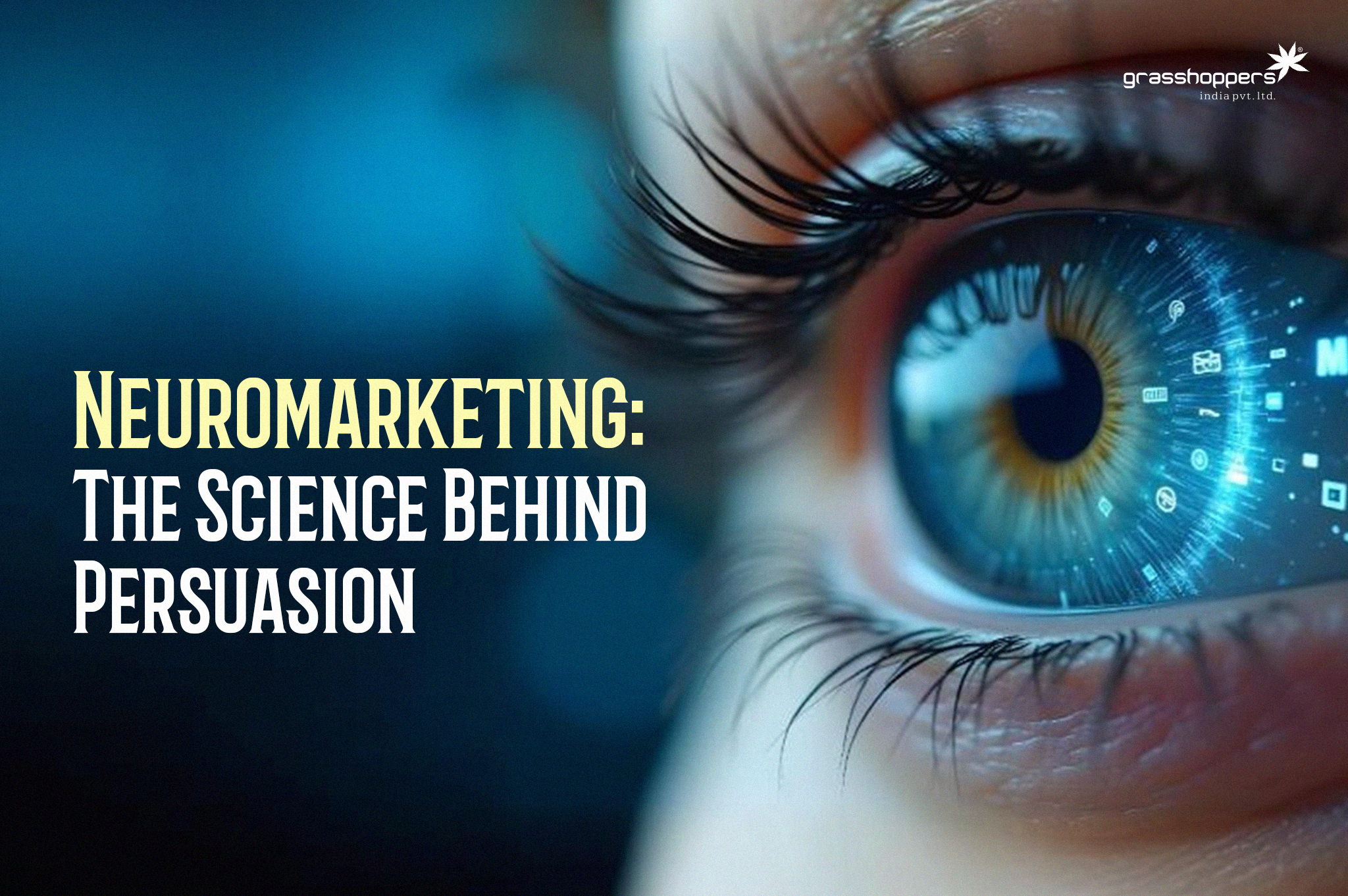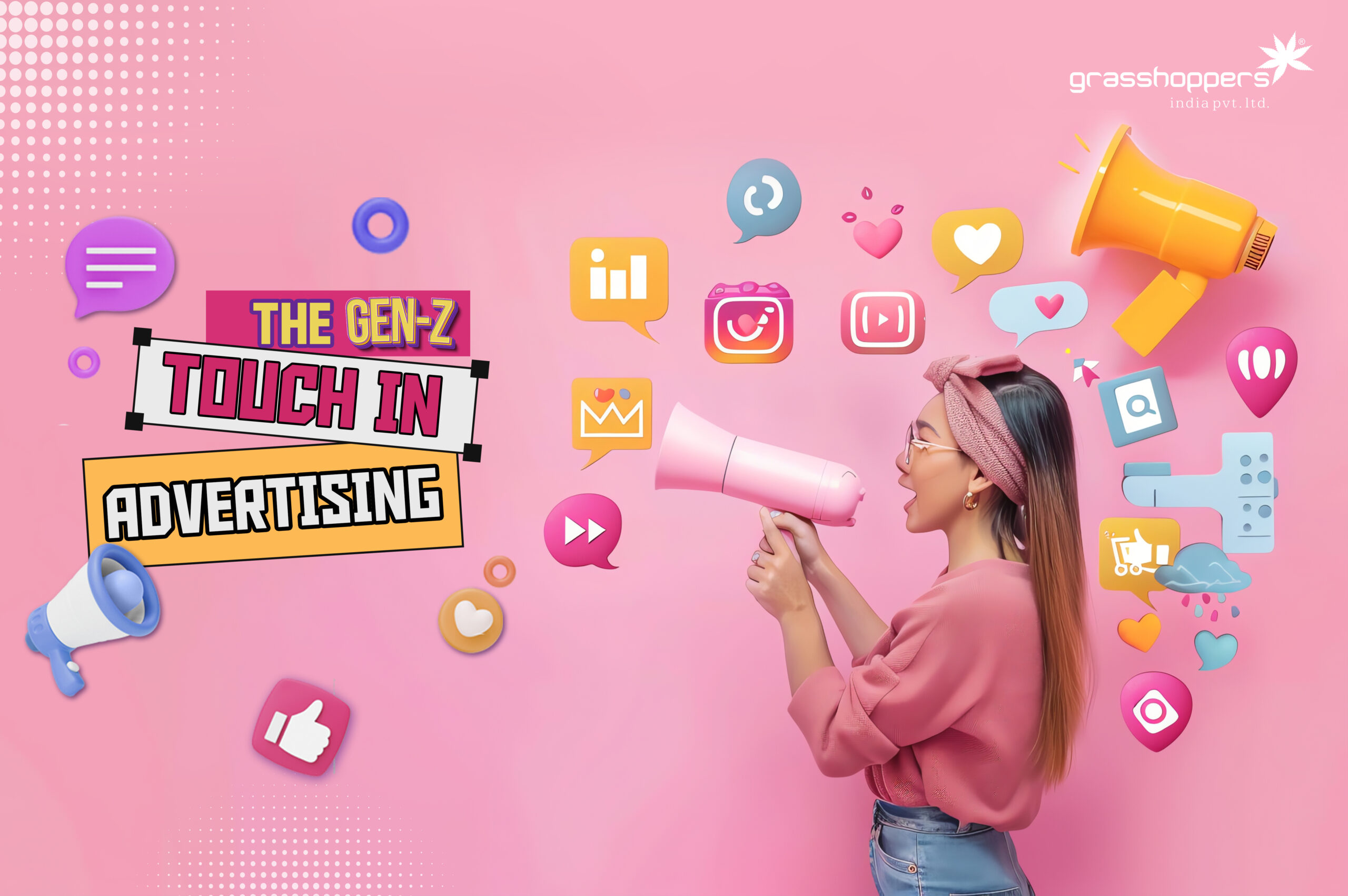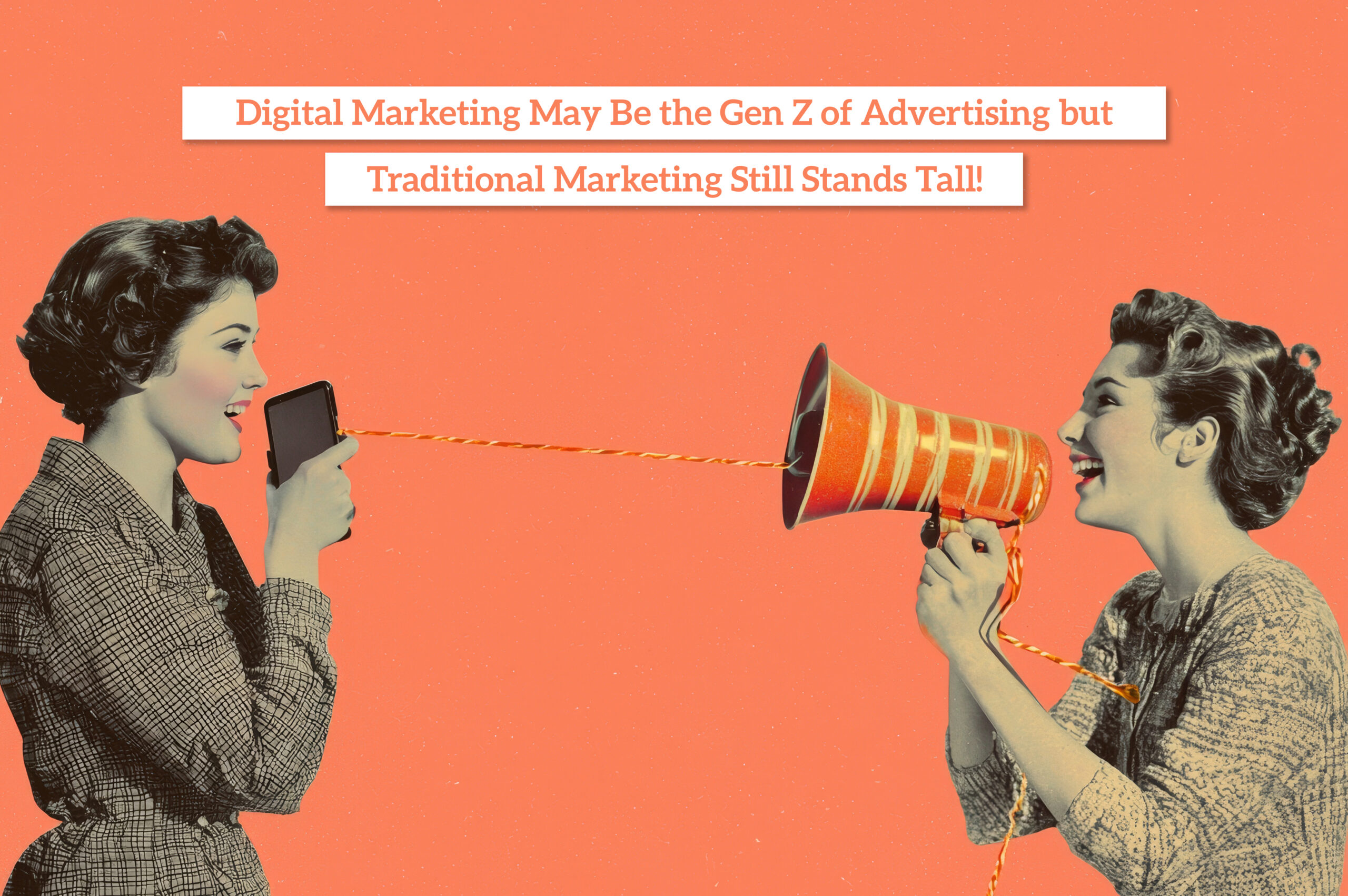In the bustling markets and vibrant streets of India, advertising is more than just a means to sell products—it’s a reflection of culture, a conduit for creativity and a platform for expression. Within this dynamic landscape lies the concept of artistic freedom, an ethos that transcends boundaries and defies norms. As brands across the country continue to push the envelope and challenge conventions, the notion of artistic freedom in Indian advertising has emerged as a powerful force, reshaping narratives, redefining perceptions and igniting imaginations.
Unleashing Creativity beyond Conventions
In a country rich with culture and tradition, advertising has often been seen as a reflection of societal norms and values. However, in recent years, there has been a seismic shift towards embracing artistic freedom as brands break free from the shackles of conventionality. Whether it’s challenging gender stereotypes, confronting social taboos, or pushing the boundaries of creativity, Indian advertising is undergoing a renaissance of sorts, fuelled by a desire to disrupt the status quo.
Redefining Beauty and Body Image
One of the most compelling ways in which artistic freedom manifests in Indian advertising is through the redefinition of beauty and body image. Gone are the days when fairness creams and skinny models dominated the airwaves. Today, brands are celebrating diversity and inclusivity, showcasing real people with real stories.
For example, campaigns like “Real Beauty” by Dove and “Bold is Beautiful” by Lakmé have
challenged traditional notions of beauty, encouraging women to embrace their flaws and celebrate their uniqueness. By featuring women of all shapes, sizes and skin tones, these brands are sending a powerful message of empowerment and self-love.
Provoking Thought and Conversation
Artistic freedom in advertising isn’t just about aesthetics—it’s about provoking thought and sparking meaningful conversations. From hard-hitting social campaigns to quirky, offbeat commercials, brands are using their platforms to address pressing issues and ignite change.
Take, for instance, the “Share the Load” campaign by Ariel, which tackled the issue of gender inequality within households. By highlighting the unequal distribution of household chores and challenging outdated gender roles, the campaign struck a chord with audiences across the country, sparking a nationwide dialogue on gender equality.
Similarly, campaigns like “The Atheist” by Tanishq and “My Choice” by Vogue India have pushed the boundaries of creativity while confronting taboo subjects like religion and female empowerment. By daring to address sensitive topics head-on, these brands are not only breaking new ground in advertising but also contributing to larger societal conversations.
Embracing Experimental Forms of Expression
In the age of digital media, artistic freedom in advertising has found new avenues of expression, from interactive websites to immersive virtual experiences. Brands are no longer confined to traditional mediums like print and television but are embracing technology to create immersive, multi-sensory experiences that captivate audiences and leave a lasting impression.
For example, the “Sound of Honda” campaign by Honda used real-time data from Formula 1 races to create an interactive music experience that allowed users to “drive” a virtual Honda car around a track. By blending technology with creativity, the campaign not only showcased the brand’s innovative spirit but also engaged audiences in a unique and memorable way.
Conclusion: The Art of Liberation
In a country as diverse and dynamic as India, artistic freedom in advertising is not just a luxury—it’s a necessity. As brands continue to push the boundaries of creativity and challenge societal norms, they are not only redefining the rules of advertising but also shaping the cultural landscape of the nation. By embracing diversity, confronting taboos and leveraging technology, Indian advertisers are painting a bold new canvas—one that is as vibrant and eclectic as the country itself. So let the colours bleed, the voices rise and the stories unfold, for in the realm of Indian advertising, the only limit is the imagination.









Leave a Reply